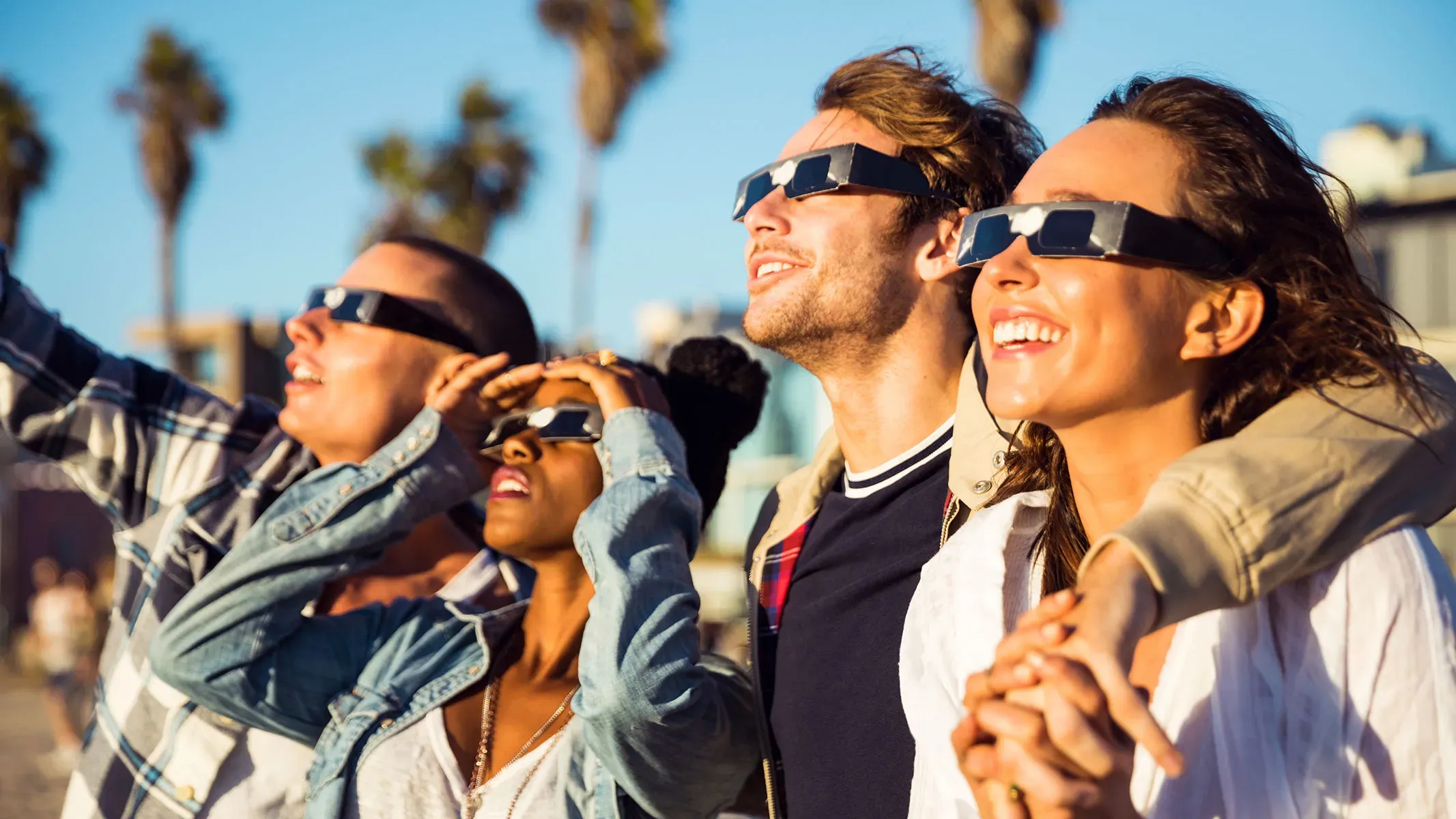Table of Contents
So, the next big celestial show is coming, and you're probably thinking about getting a good look. Maybe you've seen photos online, heard the buzz. But here's the deal: staring directly at the sun, even during an eclipse, is a one-way ticket to seriously messing up your vision. We're talking permanent damage, folks. This isn't a minor risk; it's a guaranteed problem if you don't use the right gear. That gear? Legitimate eclipse sunglasses. Not your regular shades, no matter how dark they are. Those fancy polarized lenses you wear every day won't cut it. The market gets flooded with cheap knockoffs every time an eclipse rolls around, and trusting your eyesight to those is like trusting your car's brakes to duct tape. This article will cut through the noise, explaining exactly why you need certified eclipse sunglasses, how they actually protect your peepers, how to spot the dangerous fakes floating around, and where you can actually buy the real deal. Stick around if you value seeing tomorrow.
Why You Absolutely Need Certified Eclipse Sunglasses
Why You Absolutely Need Certified Eclipse Sunglasses
Your Eyeballs Are Not Solar Filters
Look, staring at the sun is a terrible idea any day of the week. But there's something about an eclipse that makes people think the rules of physics and biology suddenly take a break. They don't. The sun's rays, even when partially obscured by the moon, are incredibly intense. They contain potent levels of infrared radiation, ultraviolet radiation, and concentrated visible light. Your eyes aren't built to handle that kind of energy dump. Without proper protection, looking directly at the sun during an eclipse, even for a brief moment, can cause solar retinopathy. That's basically a sunburn on your retina, the light-sensitive tissue at the back of your eye. The worst part? It often doesn't hurt at the time, but the damage can be permanent, leaving you with blind spots or blurred vision.
Regular Sunglasses Are Worse Than Useless
Thinking your favorite pair of designer sunglasses will do the trick because they're "really dark"? Think again. Standard sunglasses, no matter how high-quality, only block a fraction of the sunlight. They reduce brightness, sure, but they don't filter out the harmful infrared and UV rays necessary for safe solar viewing. In fact, wearing regular sunglasses might trick your pupils into dilating slightly, letting in *more* dangerous radiation than if you hadn't worn anything at all (though doing that is still a terrible idea). Certified eclipse sunglasses are specifically designed to meet a very strict international safety standard, ISO 12312-2. This standard ensures they block 99.999% of visible light and nearly 100% of harmful UV and IR radiation. It's a completely different league of protection.
Why Regular Shades Fail vs. Certified Eclipse Sunglasses
- Regular Sunglasses: Block only a small percentage of light; minimal UV/IR protection; NOT safe for direct solar viewing.
- Certified Eclipse Sunglasses: Block 99.999% of visible light; block nearly 100% UV/IR; REQUIRED for safe direct solar viewing.
- The Danger: Regular shades make it *seem* less bright, potentially causing you to stare longer and inflict permanent damage.
The Certification Stamp Isn't Just for Show
This is where the "certified" part of certified eclipse sunglasses becomes critical. Because of the danger and the high demand during an eclipse, the market gets flooded with products that *look* like eclipse glasses but offer zero protection. These fakes might just be pieces of dark plastic that don't meet the ISO 12312-2 standard. Using them is just as dangerous as looking at the sun with no protection at all. Legitimate eclipse sunglasses will have the ISO 12312-2 mark printed on them, and ideally, they'll also be listed by a reputable organization like the American Astronomical Society (AAS) as safe suppliers. That certification isn't just a marketing gimmick; it means they've been tested and verified to actually protect your irreplaceable eyesight. Don't gamble with your vision on a cheap pair of unverified glasses.
The Tech Behind Safe Eclipse Sunglasses: It's Not Just Dark Plastic
The Tech Behind Safe Eclipse Sunglasses: It's Not Just Dark Plastic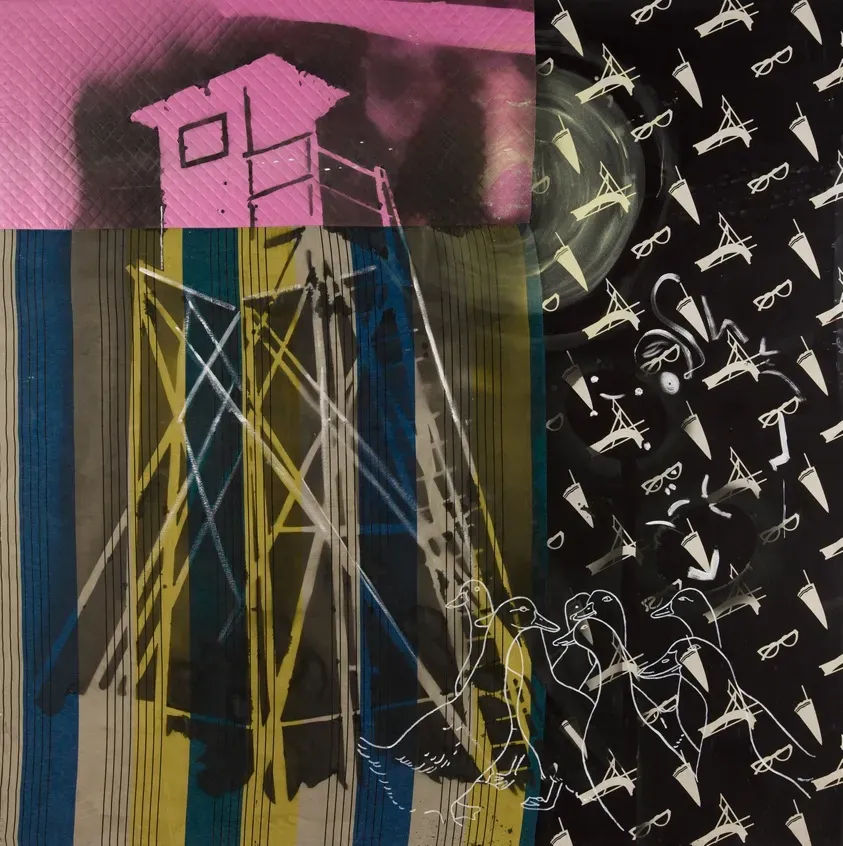
Beyond Just Making Things Dim
When you slip on a pair of proper eclipse sunglasses, you're not just putting on really dark lenses. There's specific engineering happening in that seemingly simple material. The goal isn't just to make the sun look faint; it's to block specific wavelengths of light that fry your retinas. We're talking about filtering out the vast majority of visible light – 99.999%, to be exact – but crucially, also blocking almost 100% of the invisible, damaging ultraviolet (UV) and infrared (IR) radiation. UV rays cause sunburn on your skin, and they do the same to your eyes. IR feels like heat, and too much of it focused on your retina is like holding a magnifying glass to tissue paper. Standard sunglasses just aren't built to handle this intense solar energy dump.
The Secret Sauce: Special Materials
So, what makes these special eclipse sunglasses work? It comes down to the materials used in the lenses. The most common ones are either a black polymer or a thin layer of aluminized Mylar. The black polymer material is often used in the cardboard-frame glasses you see everywhere. It looks like dark plastic film, but it has specific opacifiers and filters embedded within it to block the dangerous light. Aluminized Mylar, on the other hand, is a reflective material that looks like shiny foil. It works by reflecting the intense sunlight away from your eyes while still allowing a tiny, safe amount of visible light through so you can actually see the eclipse. Both materials, when manufactured correctly, meet the required safety standards.
Think of it this way:
- Regular Sunglasses: Like standing under a thin umbrella in a hurricane.
- Eclipse Sunglasses (Black Polymer): Like standing in a reinforced concrete bunker.
- Eclipse Sunglasses (Aluminized Mylar): Like wearing a reflective space suit.
The ISO Standard: Your Assurance of Safety
This is where the ISO 12312-2 international safety standard comes in. It's not just a number on the frame; it's the technical specification that guarantees the eclipse sunglasses actually perform as advertised. Manufacturers have to prove their glasses block the required percentages of visible light, UV, and IR radiation through testing. When you see that ISO 12312-2 mark, it means the product *should* be safe. However, as we'll discuss, even this mark can be faked. Reputable vendors, like those listed by the American Astronomical Society or found at trusted sites like sunglasshub.org, sell glasses that meet this standard and have often undergone additional verification. The tech isn't wildly complex, but its precise execution is the difference between seeing the eclipse and potentially losing your sight.
Spotting the Fakes: Avoiding Bogus Eclipse Sunglasses
Spotting the Fakes: Avoiding Bogus Eclipse Sunglasses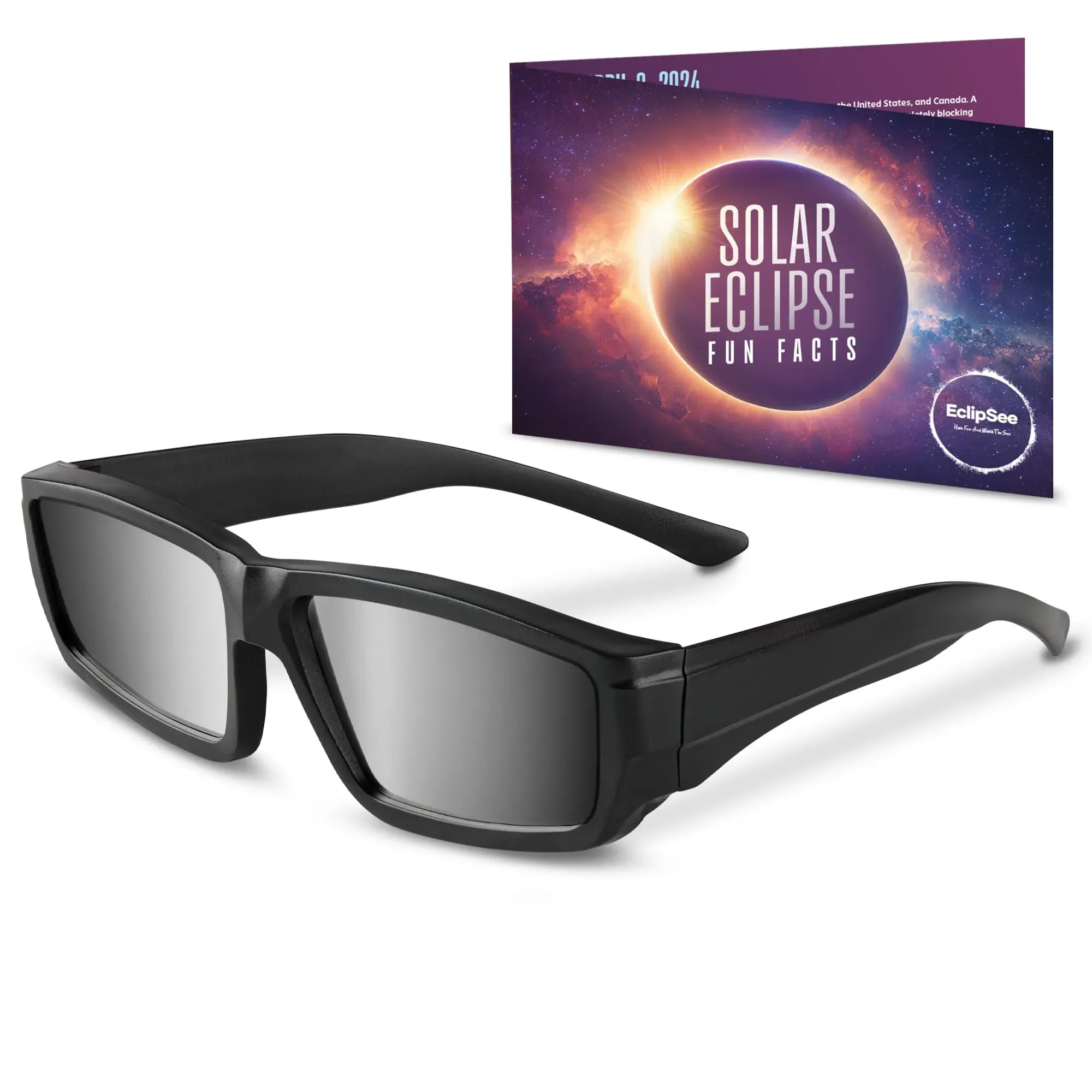
Alright, let's talk about the dark side of the eclipse market: the fakes. Every time there's a major solar event, opportunistic sellers pop up peddling " eclipse sunglasses" that are nothing more than deeply tinted plastic. These aren't just ineffective; they are downright dangerous. They might make the sun look dim enough to stare at, but they don't filter out the harmful UV and IR radiation. It's like putting on a blindfold made of tissue paper and expecting it to stop a laser. Your eyes are getting blasted, and you don't even feel it until the damage is done. Identifying these phonies is critical, because trusting your vision to a pair of unverified glasses is a gamble you absolutely will lose.
How can you tell the real from the fake? It's not always obvious just by looking. Bogus eclipse sunglasses often look convincing. They might even print "ISO 12312-2" on the frames, hoping you won't dig deeper. This ISO certification is your primary indicator, but you need to verify the source. Did you buy them from a reputable science center, a known astronomy retailer, or a vendor listed by the American Astronomical Society (AAS) on their list of safe suppliers? If you grabbed them from a random street corner vendor or an obscure online seller with no clear history or contact info, assume they are fake until proven otherwise. A simple test is to put them on indoors; you shouldn't be able to see anything through them except perhaps very bright lights, like a bare light bulb, which will appear very faint. If you can see normal household objects or furniture, they are likely not dark enough and therefore not safe for solar viewing.
Here's a quick checklist for avoiding counterfeit eclipse sunglasses:
- Check the Source: Buy only from vendors listed as safe by reputable organizations like the American Astronomical Society (AAS).
- Look for ISO 12312-2: Ensure the glasses are marked with this international safety standard.
- Perform the Indoor Test: Indoors, you should see nothing through them except very bright lights (which should appear very dim).
- Check for Damage: Never use glasses with scratches, holes, or tears in the filters.
- Be Suspicious of Deals: If the price seems too good to be true, it probably is. Your eyesight is worth more than a few bucks saved on fake glasses.
Where to Find Real, EyeSafe Eclipse Sunglasses
Where to Find Real, EyeSafe Eclipse Sunglasses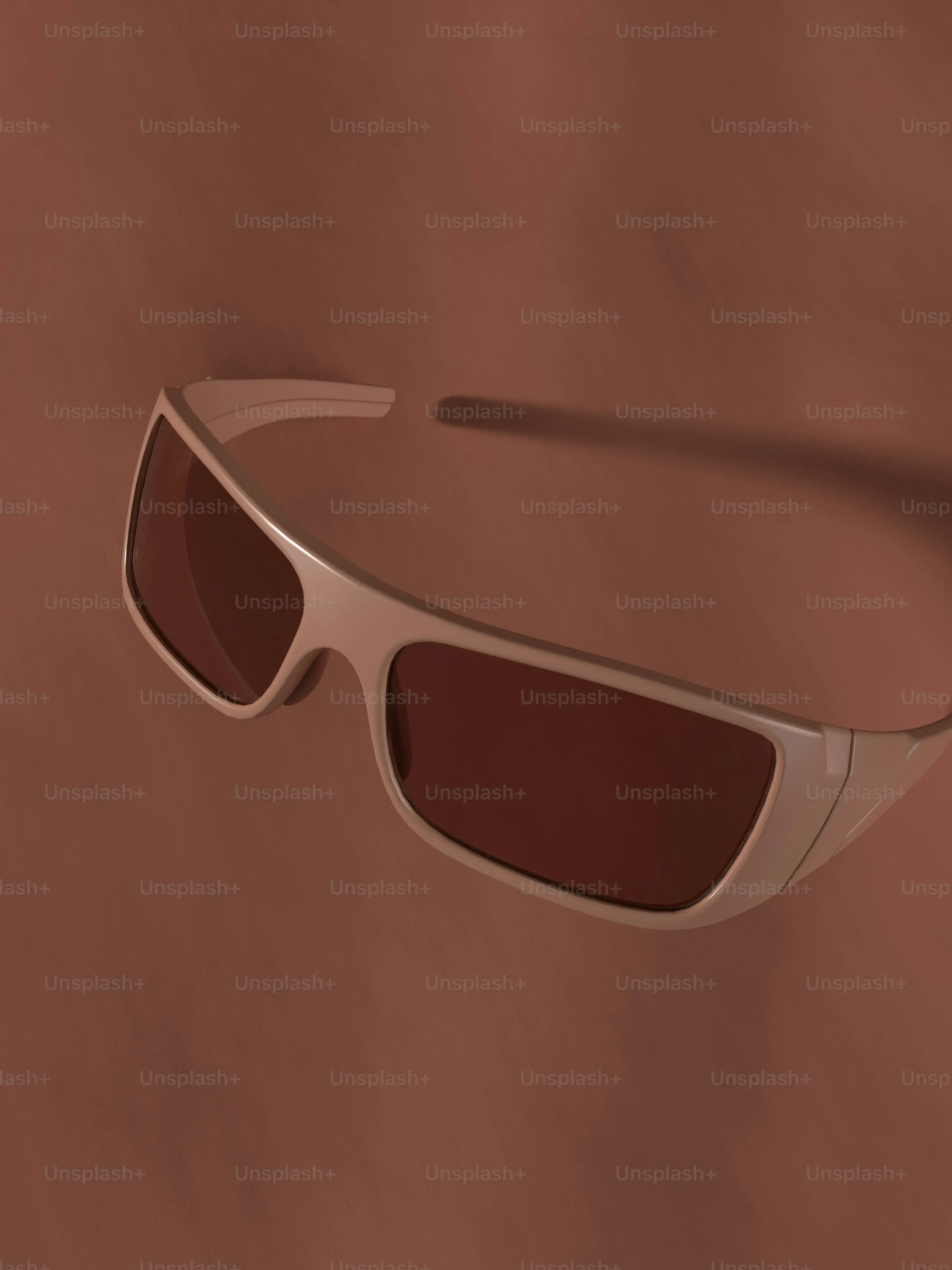
so you know the stakes are high and you need the real deal, not some flimsy fake that'll turn your eyeballs into raisins. Where do you actually get certified, eye-safe eclipse sunglasses without wading through a swamp of scammers? The absolute best resource is the American Astronomical Society (AAS) website. They maintain a frequently updated list of reputable manufacturers and vendors who sell glasses and viewers that meet the ISO 12312-2 standard. Think of it as the VIP list for safe solar viewing. You can often find certified glasses at science museums, planetariums, and through large, established retailers that specialize in astronomy gear. Sometimes even major retail chains carry them, but you still need to verify the manufacturer against the AAS list. Avoid buying from random pop-up shops, street vendors, or unfamiliar online marketplaces unless they are explicitly listed by the AAS. Your vision isn't worth a few bucks saved. Reputable eyewear sites, like sunglasshub.org, might also point you in the right direction or carry certified options, but always double-check the ISO certification and the vendor's credibility.
Caring for Your Eclipse Sunglasses After the Sky Show
Caring for Your Eclipse Sunglasses After the Sky Show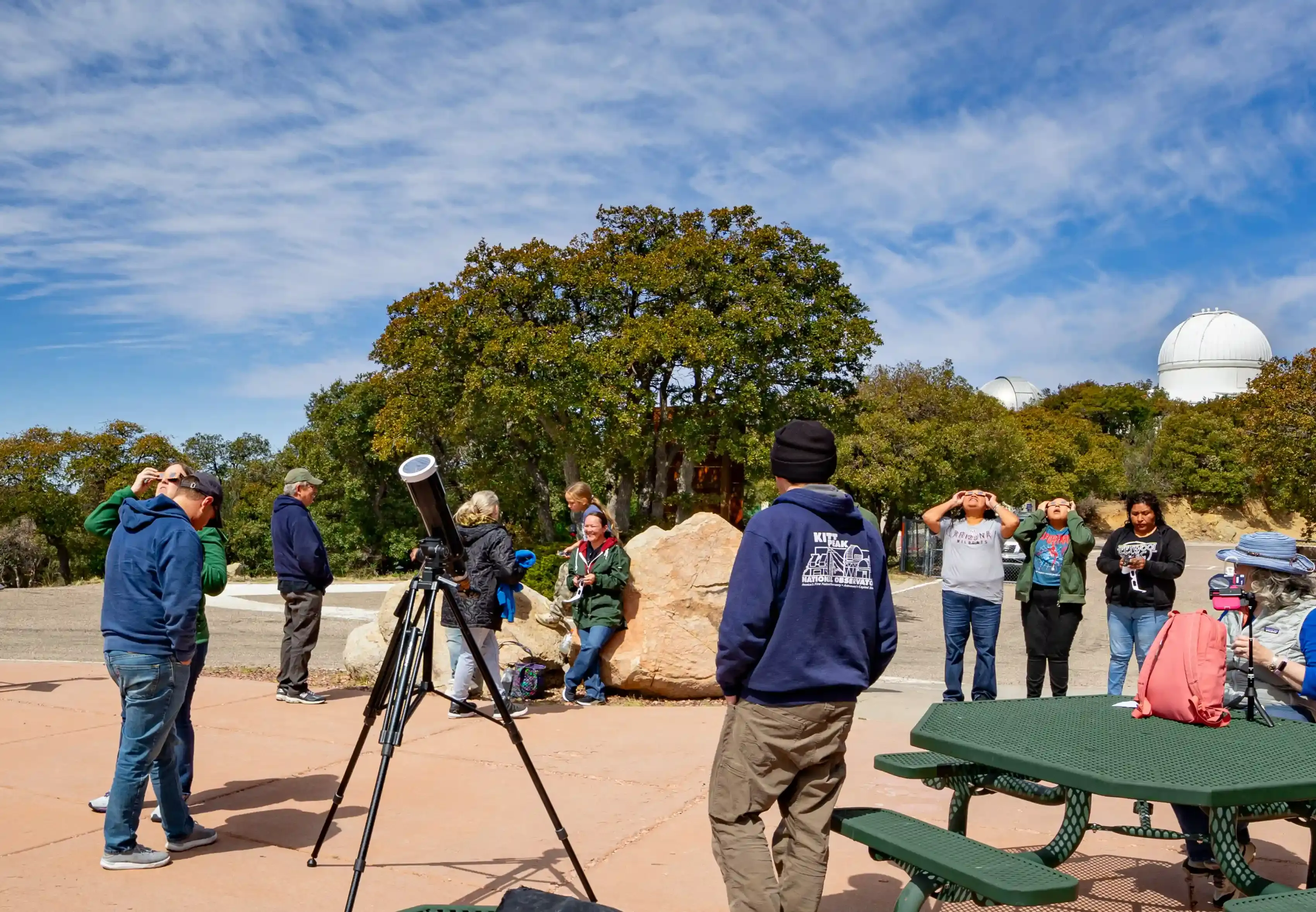
Keeping Your Eclipse Sunglasses Safe and Sound
So, the show is over, the moon has moved on, and you're left holding these strange, dark eclipse sunglasses. Don't just toss them in a drawer with your regular shades. These aren't built like standard eyewear. The special filter material, whether it's black polymer or aluminized Mylar, is surprisingly delicate. A scratch, a tear, or even a significant crease can compromise the filter's integrity and make the glasses unsafe for future viewing. Before you put them away, give them a careful inspection. Hold them up to a bright, but not direct, light source (like a lamp indoors) and look for any pinholes, scratches, or areas where the filter material looks damaged or lifted from the frame. Even a tiny defect can let in enough concentrated sunlight to harm your eye. If you find any damage, no matter how small, it's time to discard them. They've served their purpose, and risking your vision isn't worth keeping a damaged pair.
Proper Storage for Future Celestial Events
Assuming your eclipse sunglasses passed the inspection, the next step is storing them properly. You're not going to need them again until the next solar eclipse rolls around, which could be months or years away. The key is to protect the lenses from damage. Don't just shove them into a pocket or the bottom of a bag where they can get crushed or scratched by other items. The cardboard frames on many eclipse sunglasses are flimsy, and even the plastic ones need care. A small envelope, a padded glasses case, or even wrapping them gently in a soft cloth before placing them in a sturdy box can help preserve them. Store them in a cool, dry place away from direct sunlight (ironic, I know) and extreme temperatures, which could potentially degrade the filter material over time. Proper storage ensures that when the next eclipse announcement hits, your certified eclipse sunglasses are ready to go, and you don't have to scramble to find safe ones at the last minute.
Key Care Tips for Your Eclipse Sunglasses:
- Inspect thoroughly for any damage (scratches, pinholes, tears) before and after use.
- If damaged, discard immediately. Do not try to repair them.
- Store them in a protective case or wrapper to prevent crushing or scratching.
- Keep them in a cool, dry place away from direct sunlight and extreme heat.
- Mark them clearly so they aren't mistaken for regular sunglasses later.
Seeing Clearly When the Lights Go Down
Look, nobody wants to miss a celestial event like an eclipse. They're rare, they're cool. But risking your vision for a few minutes of viewing isn't a smart trade. We've covered why standard sunglasses are useless and why those super-cheap options online are likely scams waiting to happen. Finding certified eclipse sunglasses isn't hard if you know what to look for and where to look. Prioritize safety, check for the proper certifications, and buy from reputable sources. Your eyes are the only pair you get. Protect them so you can actually see the next eclipse, and the one after that.
